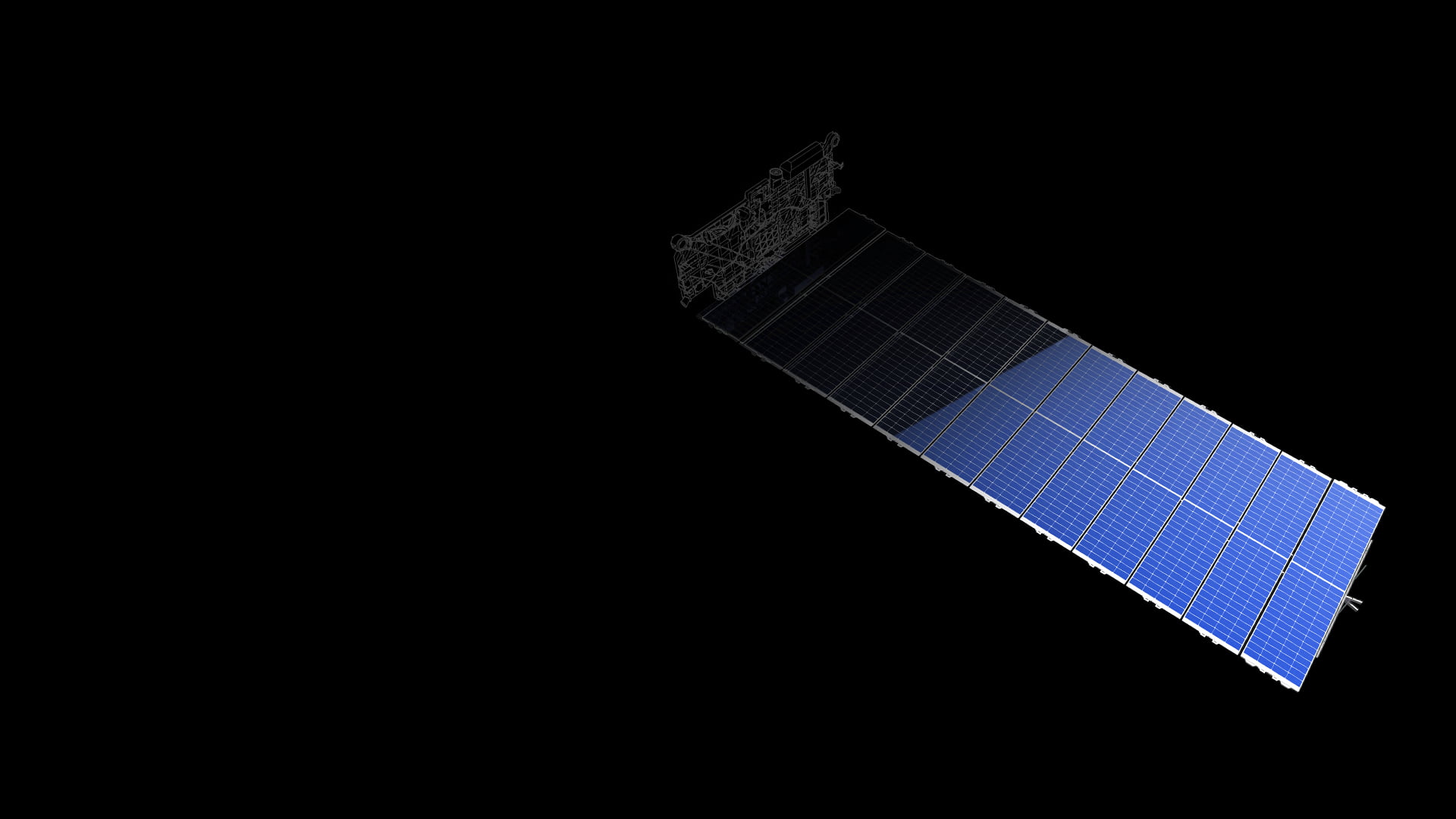
SpaceX Gen2 Satellites to Appear Darker in the Night Sky

SpaceX has made its second-generation Starlink satellites darker and less reflective through both changes in materials used and advanced brightness mitigation techniques to minimize their impact on space observation (via @SawyerMerritt).
Satellites in orbit can reflect light from the sun, leading to glints and reflections that hinder visibility from Earth. Therefore, satellites can sometimes interfere with astronomers’ ability to observe space and sensitive imagery equipment.
SpaceX’s second-generation satellites add more capacity to the Starlink network, allowing for improved speeds, better coverage, and support for more users. However, more satellites translate to more hardware in low Earth orbit and an increased probability of reflections.
SpaceX currently has more than 2,700 Starlink satellites in orbit and regularly launches more. The company plans to eventually have a whopping 30,000 second-gen Starlink satellites in low Earth orbit. What’s more, SpaceX will kick Starlink satellite deployment up a few notches once its Starship launch vehicle becomes operational.
“SpaceX has implemented innovative technological solutions and techniques to minimize its satellites’ effect on the night sky,” the company wrote in a recent filing.
According to SpaceX, it has invested more than any other satellite owner or operator in developing and deploying such measures.
Reflection mitigation for second-gen Starlink satellites starts with their “flat sat” architecture, but first-gen satellites feature the same design.
What’s particularly new with the newer satellites is the second-generation dielectric mirror film that covers the bottom of the satellites. SpaceX claims it is 10x better at reducing observed brightness than the first-generation film.
Furthermore, SpaceX is using three advanced brightness mitigation techniques for its second-gen Starlink satellites. These include solar array mitigations, coating all irregularly shaped structures and components on satellites in black paint to absorb light, and flight procedures that are specifically designed to minimize brightness and light reflections.
“While SpaceX has spent considerable engineering effort on mitigating satellite brightness from the ground, no engineering model is perfect,” the company concluded.
“SpaceX expects to continue to find and implement technologies and operational techniques that further reduce the brightness of its second-generation satellites. SpaceX will continue to work closely with the astronomy community to mitigate the effect of all satellite operations on their important work.”

